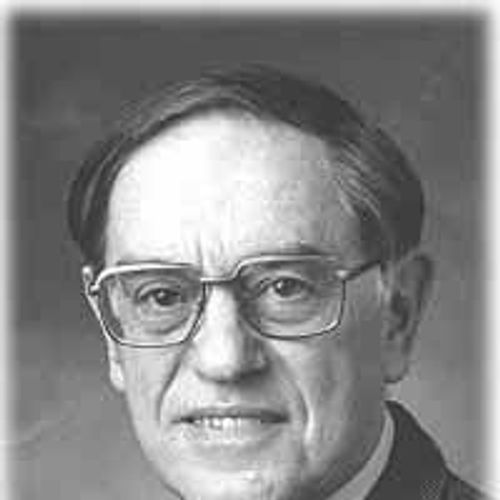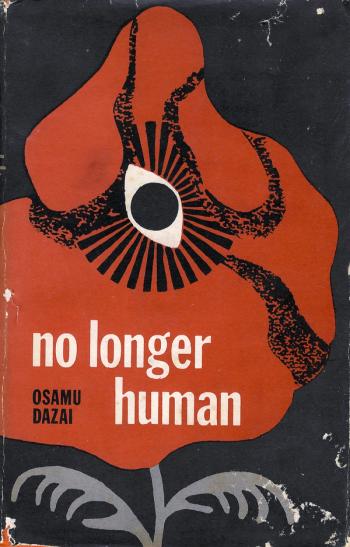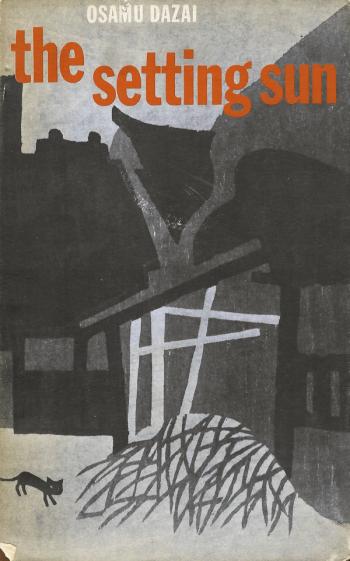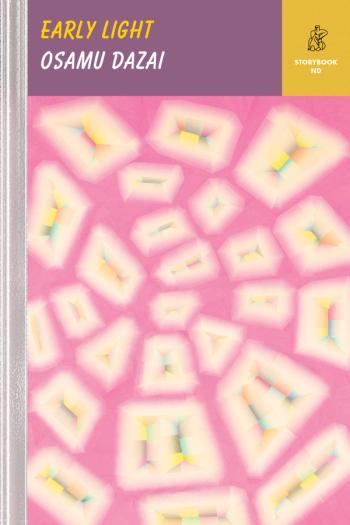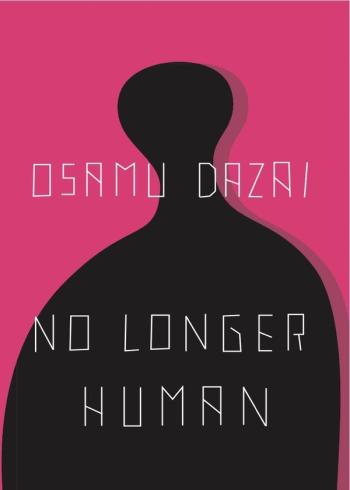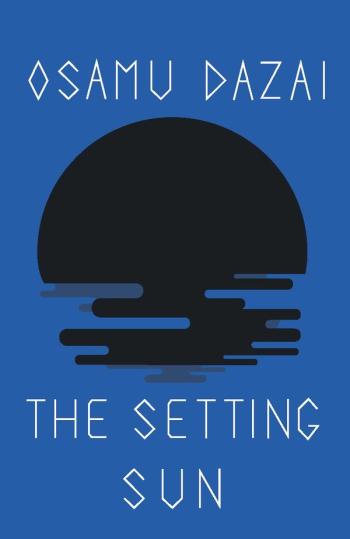As translator
Donald Keene
Donald Keene is a distinguished translator of Japanese. In 2002, he was presented with one of Japan’s highest honors, the “Person of Cultural Merit” (Bunka Koro-sha), for service in the promotion of Japanese literature and culture. In 2008, Professor Keene received the Order of Culture (Bunka Kunsho), which the Japanese Government presents to those who have greatly contributed to Japanese art, literature, or culture. He became the first foreign national to receive such an award.
Founded in 1986 at Columbia University, the Donald Keene Center of Japanese Culture is named in honor of Professor Donald Keene, internationally renowned scholar and Columbia University teacher.
Professor Keene has published approximately 25 books in English, consisting of studies of Japanese literature and culture, translations of Japanese works of both classical and modern literature, a four-volume history of Japanese literature, and edited works including two anthologies of Japanese literature and the collection Twenty Plays of the Noh Theatre. Professor Keene’s Japanese publications include approximately 30 books, some written originally in Japanese, others translated from English.
